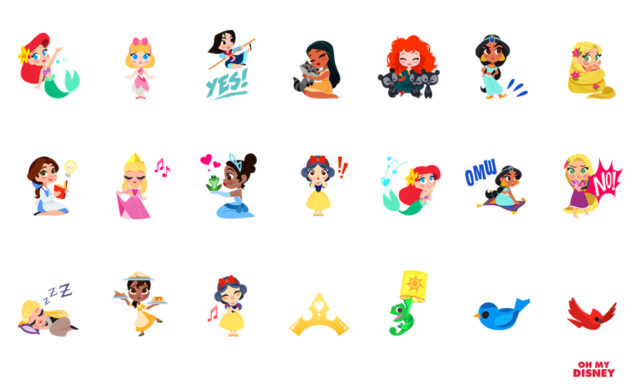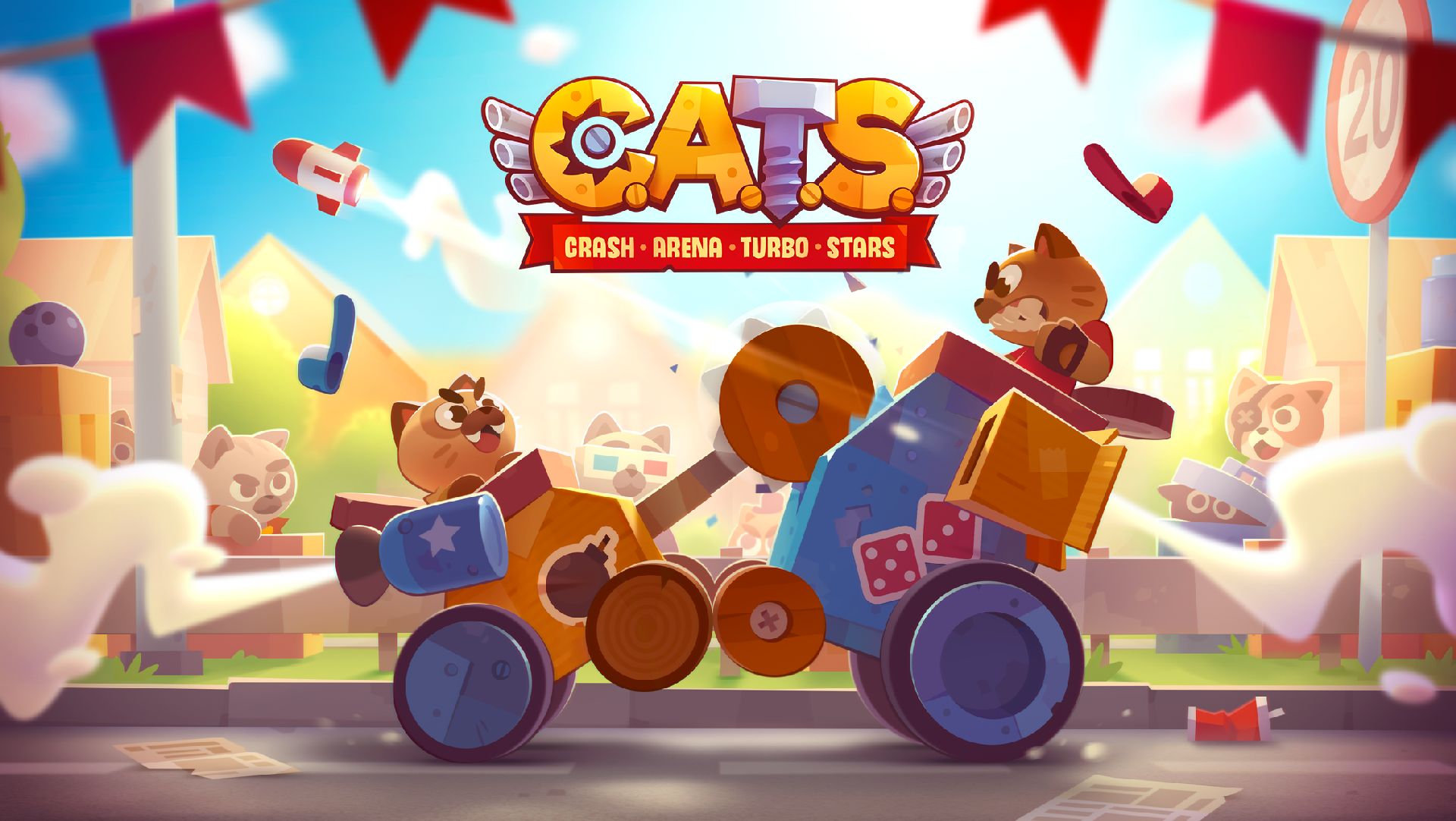The NBA continues to expand its gaming footprint. Developer Hitcents, which recently launched The Godfather: Family Dynasty , has released NBA Life. The game offers a new experience for NBA fans, combining elements of lifestyle role-playing, resource management, and strategy games.
The game puts players in the shoes of an NBA prospect. After signing with the team of their choice, users must balance the competing commitments of an NBA career on their quest to become the best in the league. Players must hire agents, trainers and publicists to help them manage their busy careers—all while making time for workouts, events and appearances as they play through their team’s real-life schedule.
“We are extremely excited to offer an innovative take on a sports mobile game that’s never been done before,” said Chris Mills, president of Hitcents. “Creating NBA Life has been a huge focus of our company for the past year-and-a-half, and we can’t wait to share it with the world.”
Chris Mills, Hitcents co-founder and president, told [a]listdaily that working with Oscar-winning actor, Tom Hanks in 2014 changed the developer’s direction.
“Before these two titles (Godfather and NBA Life), our only true IP-based application was Hanx Writer, created in partnership with Tom Hanks,” Mills said. That app, which turned iPads into a vintage typewriter, was the number one app in over 50 countries. “After we saw the value that his brand brought to our product, we decided to take on more licensing opportunities to help drive visibility for our games in the increasingly competitive mobile landscape.”
Mills also discussed how his studio simultaneously built The Godfather: Family Dynasty and NBA Life over the past two years. “During that time, we gained a tremendous amount of knowledge about what it takes to work with large brands,” Mills said. “We began developing The Godfather: Family Dynasty first and began gaining a good understanding of how every decision we make on these games has an impact on the overall brand. We held ourselves to high standards of quality throughout development.”
According to Mills, the goal of NBA Life was to create a sports mobile game that had never been created before—something fresh and different. “Our goal was to produce something that was aesthetically pleasing and inspiring, while also showing users what it’s like to be an NBA player off the court,” Mills explained. “As we were designing the game, the slogan we kept at the forefront of our discussions was: ‘it’s more than basketball.’”
Mills said this game is one of the first NBA-licensed games that is not solely focused on basketball gameplay, but instead focuses on all aspects of becoming an NBA star. “As a player on your favorite team, real-life NBA players are your teammates,” Mills said. “They are your mentors, the ones walking you through the process of becoming the next NBA legend. You are learning from your own NBA heroes, while also challenging them to scrimmages that will improve your skills.”
Hitcents is tapping into the NBA brand with this game. “We are utilizing all NBA teams and their top players throughout the entire game,” Mills said. “This brings authenticity to the experience, and allows users to feel like they are legitimate members of the League.”
The free-to-play game integrates micro-transactions into the experience. Players can earn and buy special currency called Juice, which supplies users with resources, permanently unlock extra utilities in certain game systems, increase system efficiency, or be used to buy shoeboxes containing special items.
Given that this game isn’t going after the simulation experience of games like 2K Sports’ NBA 2K17, Mills believes it could connect with the NBA’s large female fan base.
“We are proud to say that we’re the first NBA-licensed game to give users the option of choosing to play as a female avatar with an NBA team jersey on,” Mills said. “We believe this is one small step towards a much more inclusive gaming culture, particularly in sports gaming. So many females enjoy watching sports such as basketball, and it seems there aren’t any games out there that cater to this audience. We are hoping NBA Life will give female and male NBA fans alike a chance to interact with their favorite brand in a new and interesting way.”
Mills said the mobile market is developing into a “winner takes all” industry. That’s where the power of a license, especially a global brand like the NBA, comes into play.
“It becomes increasingly difficult to find visibility for new mobile games each and every day,” Mills explained. “The top publishers have the resources and funds to afford the top users, leaving the mid-tier publishers and independent developers behind to figure out how to drive downloads in a cost-effective way. Having an attached brand is known for increasing your chances for App Store or Google Play featuring, and driving cost-per-installs down. However, the more IP-based games that flood the market, the less opportunities having one will afford you.”
Hitcents is relying on the NBA plan to help connect with gamers and basketball fans around the globe. The game won’t have a traditional cover athlete player spokesman to directly promote the title. But NBA players are very tech savvy and the NBA has a lot of social media followers.
“Social media is huge for the NBA and its players,” Mills said. “This is one aspect that we evaluate when choosing which licenses to work with in the mobile games industry. The ability to tap into a large, engaged market is crucial to us when finding the best partner to work with. We plan on tapping into this large user base for promotional benefits, beginning with launch day. We hope to build a strong social media following as the game progresses, and engage with that community on a regular basis. It’s a great way for us to gain valuable information from our users, and use that information to keep the game relevant for years to come.”
Mills said events like NBA All-Star, the NBA playoffs and the Finals are huge opportunities for NBA Life in terms of marketing and game design.
“Our hope is to integrate live in-game events for our users during playoff time, offering fans another touchpoint with their team of choice during an exciting time for the franchise,” Mills said. He also added that, with the NBA fan base spanning across the globe, it’s essential to market NBA Life globally. The game has launched in 48 countries, with six languages coming soon.
“Players can interact with other players from around the world in real-time,” Mills said. “Our crew system allows for 50 players from any location to team-up together while discussing their favorite teams or latest NBA news.”
The game will continually incorporate more live events and social aspects for players to interact with. “Our goal is to provide users with a game they can play during the regular season, and also play in the off season by gearing up their player, practicing, and building up skills,” Mills said. “This gives NBA fans a way to interact with their favorite team and players year-round.”
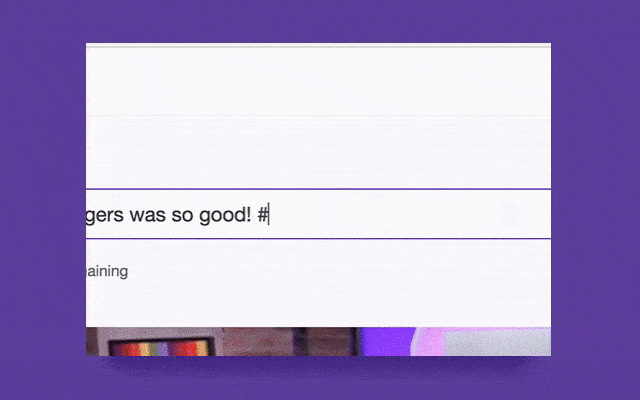
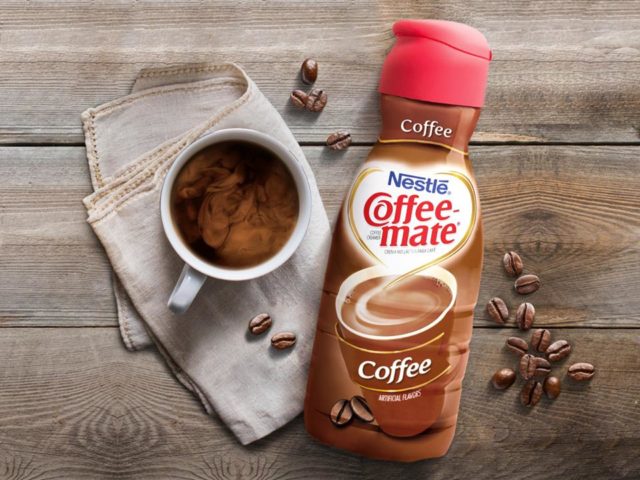
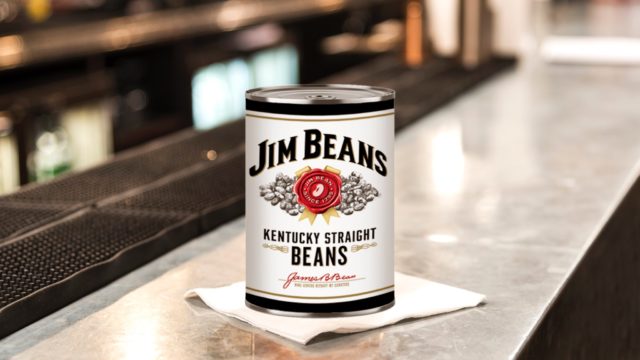
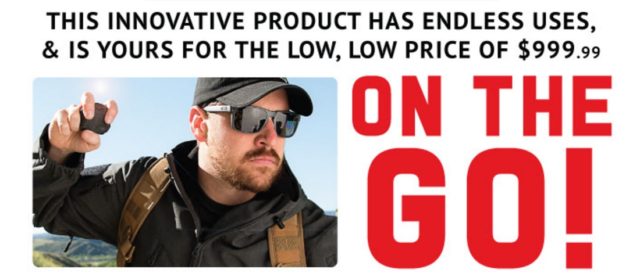
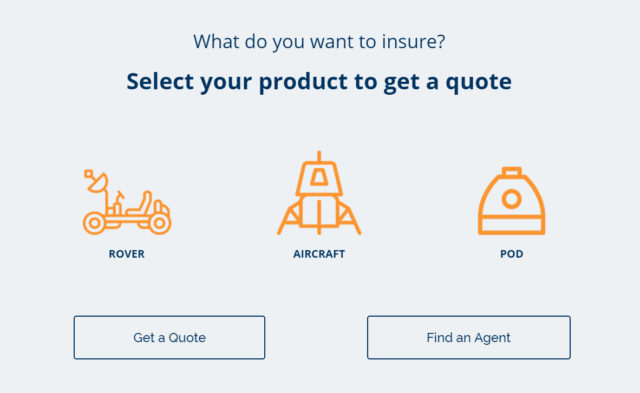
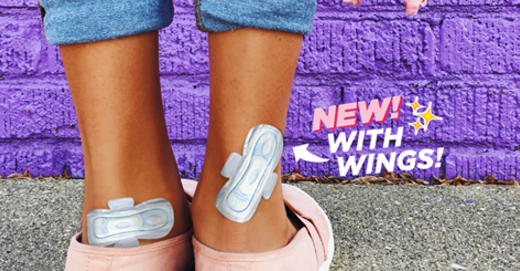
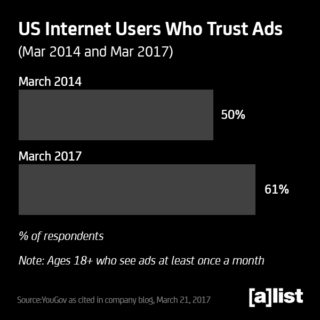 Internet users in the US trust advertisements more than they did two years ago, according to YouGov. The company’s
Internet users in the US trust advertisements more than they did two years ago, according to YouGov. The company’s 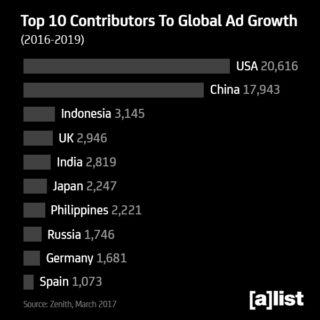 When it comes to advertising, do you get what you pay for? That may be the case with programmatic ad spending, particularly when those ads appear on YouTube. Several brands have
When it comes to advertising, do you get what you pay for? That may be the case with programmatic ad spending, particularly when those ads appear on YouTube. Several brands have 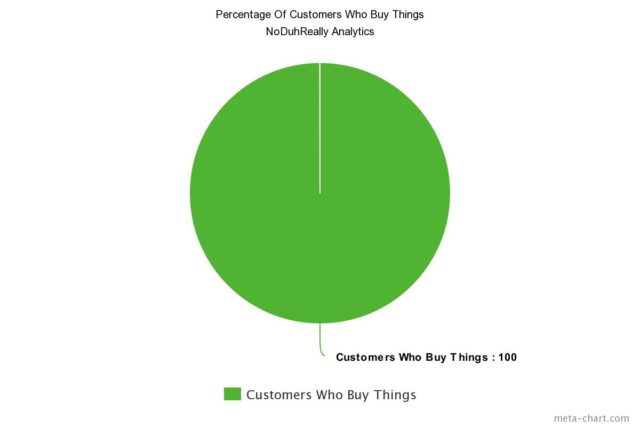

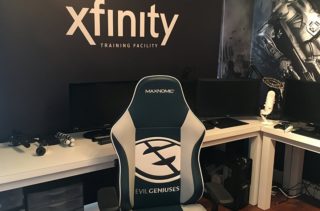 I’m going to bore you by saying the same word: authenticity. It’s about making sure you respect the fact that you need to talk to this group differently and you need to respect them. You have to absolutely make sure you’re not going in there saying, “I can’t believe people watch video games, but hey, I’m here.” No, this is a passionate group of people. Whether they play or watch the games, we’re celebrating it with them. We want them to know that we’re fans as well.
I’m going to bore you by saying the same word: authenticity. It’s about making sure you respect the fact that you need to talk to this group differently and you need to respect them. You have to absolutely make sure you’re not going in there saying, “I can’t believe people watch video games, but hey, I’m here.” No, this is a passionate group of people. Whether they play or watch the games, we’re celebrating it with them. We want them to know that we’re fans as well.